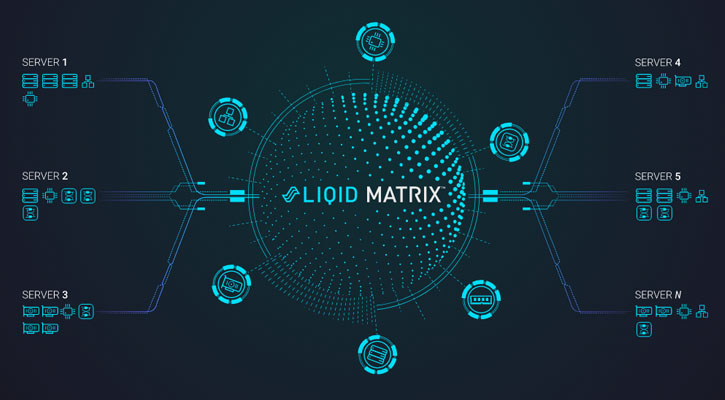Posted on June 6, 2021 by rawee.k
To meet the growing number of data center services and private-cloud applications, IT departments are replacing traditional direct attached storage (DAS) with NVMe flash-based arrays and storage targets that utilize NVMe over Fabrics (NVMe-oF) technologies. You may be surprised to learn that the NVMe protocol is not limited to connecting flash SSDs by PCIe within…
See the full article
Posted on June 6, 2021 by rawee.k
The challenge to meet the performance demands of on-prem data center applications and services – including high-performance computing (HPC), cloud computing, SQL/NoSQL databases, virtualization (VMs/containers), AI/ML and data analytics – has forced organizations to explore an all-flash NVMe solution. Generally, IT departments migrate to NVMe from traditional SATA or SAS storage in the data center,…
See the full article
Posted on April 4, 2021 by rawee.k
Modern data growth is straining legacy backup platforms. As IT budgets are forced to grow, organizations, like , require a more simplified and economical approach to Veeam backup and recovery data – without sacrificing operational efficiency. Planning for business continuity has become a critical aspect of the modern digital enterprise; one that involves extensive (and…
See the full article
Posted on April 4, 2021 by rawee.k
If you’ve only considered object storage at for secondary applications, such as archiving and backup, it might be time to re-examine the landscape of data management, as you may be overpaying for on-premises performance-driven storage. While it’s true that early object storage adoption had historically been associated with backing up large volumes of secondary unstructured…
See the full article
Posted on March 3, 2021 by rawee.k
Driven by speed and flexibility demands, the technology needs of today’s data center administrator have dramatically evolved. Uneven compute processes and constantly-changing tasks require the agility and flexibility benefits of disaggregated resources, which can only be had from a composable infrastructure environment. To meet these next generation requirements, we’ve partnered with Liqid, the leading software-defined…
See the full article





